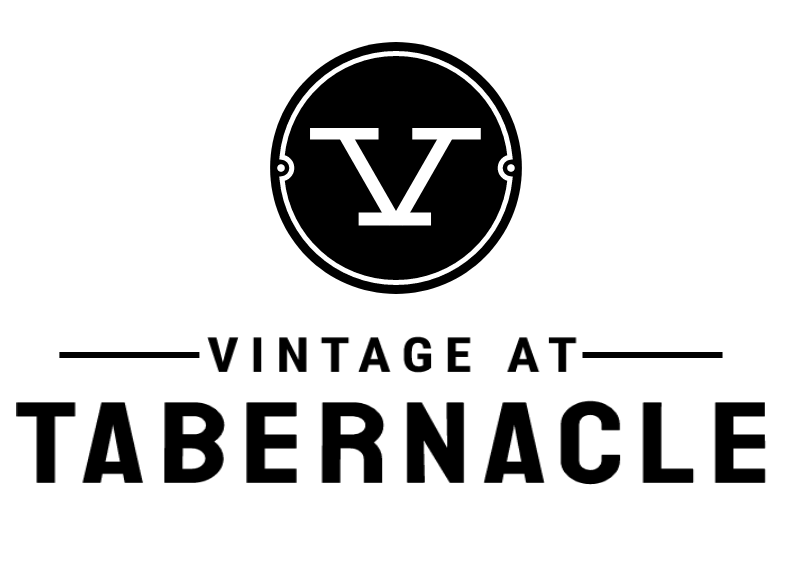How to Build Your Resume for the Professional World

Do you want to apply for your dream job but feel unsure how to build your resume for the professional world? We're here to help.
We understand that writing a powerful resume is not always easy, especially if you lack formal work experience. While it’s a competitive job market out there, that doesn’t mean you can’t land coveted positions.
Once you’ve learned how to write a compelling resume, you’ll never be far from a paycheck. Get your resume right, and you’ll be getting replies from every other company you apply to.
In this article, we're going to teach you how to optimize your resume with a list of methods so that you can build your resume for the professional world and land that dream job.
Write a winning introduction
Studies show that, on average, recruiters spend seven seconds looking at a resume before deciding whether the candidate is suitable for the role. That's why first impressions are critical to your success. The first part of every resume is the introduction section. It is a concise and clear way of highlighting your interests and experiences with the employer. It is usually the first thing a potential employer will read. This introductory paragraph is sometimes called a 'summary' or an 'objective,' which includes a summary of your competence, knowledge, skills, and expertise that make you a qualified candidate for the job you're applying to.
Think of your resume's introduction statement as your advertisement. You want to make sure you give your potential employer a quick snippet of your personality and strengths. The way you introduce your resume can determine whether it will be read or even advanced to the next step of the hiring process or not, so you want to write an excellent introductory statement.
To write a winning introduction, start with a powerful headline; this will make it easier for the hiring manager to know who you are and understand your value in the workplace. After the headline, you want to focus on your strengths. For example, if you're writing a student resume and you don't have any relevant experience, don't highlight this fact. Instead, emphasize your work ethic, qualifications, abilities, and personality strengths.
Resume introduction tips:
- Start with a powerful headline.
- Keep the introduction short and precise.
- Convey your strengths to market yourself to the employer.
Choose the correct format for your resume
There are different resume formats, but chronological, functional, and combination are the most common resume formats. All formats have a summary, skills, work history, and education section. However, each resume format structures those sections differently. The correct format for you will depend on factors such as your work experience, how your qualifications match the job you want, and your skillset.
A professional resume should have consistent formatting. The reverse-chronological format is the most popular. With this resume format, you list your relevant work experience in reverse chronological order, beginning with your most recent position and proceeding backward. It's the best one to use because it's easy to read and skim. Hiring managers and recruiters are familiar with this format, as most people use it, so it is preferred. The chronological resume primarily emphasizes your work history section. The work history section is where you list information about current and past jobs, with the most recent job history going first. To make the most of this format, you will need to focus on unique and detailed work achievements that show good work experience. It's also important to highlight key skills that fit the job description.
Resume formatting tips:
- Be consistent when using punctuation throughout the document. For example, either use periods at the end of all your bullets or not.
- Try to use bold, italics, and underlining formatting to break up the text to make the document easier to read.
- Keep your resume to one page.
- Keep font size between 10-12 points and set margins to no less than 0.5.
- Make sure to avoid using the word "I" or other first-person pronouns.
- Use the past tense in describing past positions and use the present tense for your current work.
Tailor your resume for the position
Hiring managers sometimes sort through hundreds of resumes for a single job, which means they have to scan quickly to find the most relevant details. Therefore, you will need to tailor your resume to the employer's job description to get noticed as a candidate. Providing a tailored resume will make you stand out among other applicants and improve your chances of getting the job.
Today, many hiring managers use tools to filter through resumes using keywords from the job description. When employers post a job opening, they include a list of responsibilities and required qualifications. Take the qualifications from the job description and add the same language and keywords throughout your resume. By tailoring your resume using the job description, you will improve your resume's chances of being seen and read. Make sure to specify work experience or achievements related to the position you are applying for. Recruiters and hiring managers are concerned about whether you fit the job requirements. When you focus on your most relevant experiences and skills, you can demonstrate a proven record of performing similar responsibilities.
A tailored resume can also show genuine enthusiasm for the job since it demonstrates that you took the extra effort to ensure it showcases your best-fit qualifications. Hiring managers want to see how the candidate will support their goals, so they will undoubtedly appreciate this thoughtfulness and feel more comfortable hiring candidates who seem eager to work for them.
Resume tailoring tips:
- Tailor your resume to fit the employer's job description.
- Use the same language and keywords from the job description to highlight you can fulfill the role.
- Specify work experience or achievements related to the position.
Call attention to your achievements
Consider including a separate "achievements" or "skills" section to highlight relevant achievements in your education, career, volunteer work, or other experiences. Include the most significant achievements and success in your resume and highlight the best examples of where you demonstrated your skills. These examples should showcase what you achieved in your education and previous roles and show what kind of employee you will be. It's best to include this information in the "work experience" section.
Accomplishments or successes are critical to capture the attention of hiring managers. Without listing your important achievements, your resume is simply a recitation of your job descriptions and probably won't be read by many recruiters or hiring executives.
Tips for calling attention to your achievements:
- When mentioning your achievements and accomplishments, give examples of where you demonstrated your skills.
- Try to demonstrate what kind of employee you will be.
Create a clear education section
In resumes with limited or no work experience, as may be the case with college students or recent graduates, the education section may be an excellent opportunity to show off educational achievements instead.
Knowing how to list your education properly can be essential for advancing into the next phase of the hiring process. In the education section of the resume, you need to list the degrees you attained, schools you attended, your GPA if you're a student or a recent graduate, and any special awards and honors you earned. When structuring your education section, it is advisable to follow a reverse chronological order; list your latest educational entry first, and then go backward from there.
Tips for creating an education section:
Follow a reverse chronological order. For example, if you have a master's and a bachelor's degree, list the master's degree first, followed by your bachelor's degree.
If you're still pursuing a degree, make it clear that your education is in progress.
List your contact information
Including the correct contact information on your resume is essential, mainly because you want to give employers an easy way to contact you for the job. First, you need to know what kind of information to include within your contact section. Make sure your contact details provide the following information so that if employers need to reach you for a potential interview, they can!
- Name: Naturally, your name should appear first at the top of your resume. Use your full name, and don’t use any nicknames or aliases. Employers generally need to know your real name, and they will turn away resumes that don’t provide that information.
- Address: For your address, include your city, state, and zip code.
- Phone Number: Many applicants fail to list their phone numbers on their resumes. Avoid making this mistake. List your number and make sure it is one you answer regularly.
- Email Address: Email addresses are critical, especially since many companies now choose to communicate with candidates using email. You should use an email address that sounds professional and one you check regularly.
- LinkedIn Profile Page: LinkedIn is a powerful tool to enhance your resume. It’s also something that hiring managers now check with increasing regularity, so ensure you update your profile if you have one, and keep it as professional as possible. Don’t forget to include the link to your profile page in the contact header section.
List contact information in this order: your name should go first, preferably in large bolded letters. Under that, in smaller type, you should include the following details:
- Address (include: city, state, Zip)
- Phone Number
- Email Address
- LinkedIn Profile Link
Tips for listing contact information:
- Use your full name and avoid using nicknames or aliases.
- Don’t forget to list your number and email address. Make sure they are the ones you check regularly.
- Share a link to your LinkedIn profile, preferably an updated one.
Things to avoid in your resume
Some things simply don’t belong on your resume. In fact, by including them, they can get your resume removed from consideration before it even gets a thorough review.
- Clichés: Avoid unnecessary clichés like ‘I’m a hardworking candidate with a results-driven attitude,’ and ‘works well as an individual and a team.’ Instead, offer statements that describe your industry-specific skills and knowledge.
- Unnecessary personal information: You have limited space on your resume, so you have to be selective about the information you share. Sharing unnecessary personal information is considered unprofessional.
- Giant walls of text: Long paragraphs and unbroken chunks of text are not easy to skim through and are not appealing to read. Break large text into shorter sentences and be more concise.
- Photographs: The space on your CV is quite limited. Having a photo of yourself taking up the page is not a good use of the space. It will do nothing to explain your skills and why you are the right fit for the jobs you are applying for, so there is no need to include one.
- Spelling mistakes and bad grammar: Last, but certainly not least, when applying for jobs, you need to make sure that your document is not just well written and beautifully formatted, but also error-free. Spelling mistakes, bad grammar, and a lack of attention to detail could outweigh your otherwise perfect resume. You might think that a tiny spelling error isn't a huge deal, but many recruiters consider such mistakes as instant disqualifiers.
There you have it. A list of ways to optimize your resume so that you can impress employers and land that dream job. Good luck with your job search!
As a college student, you can take advantage of on-campus resources like career mentors, resume workshops, and more. Vintage at Tabernacle residents live in close proximity to Dixie State University for easy access to a myriad of such resources!













